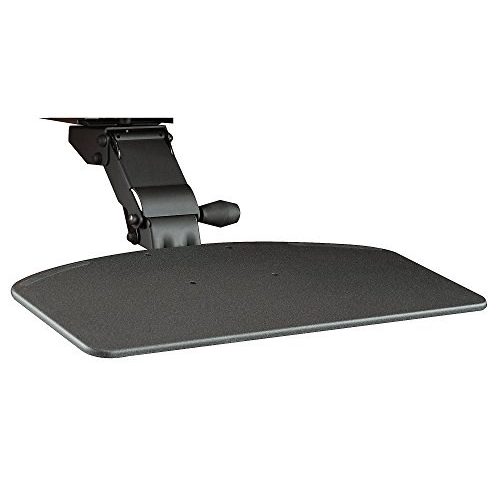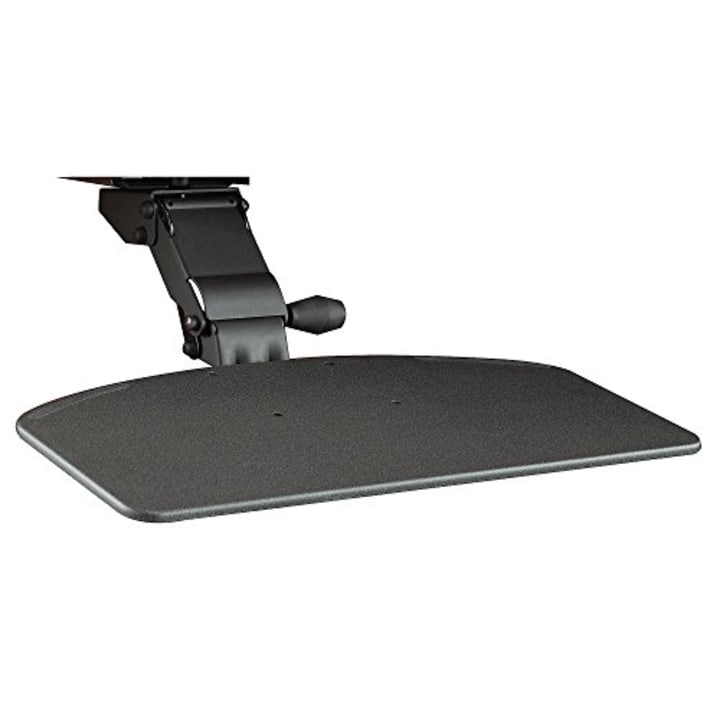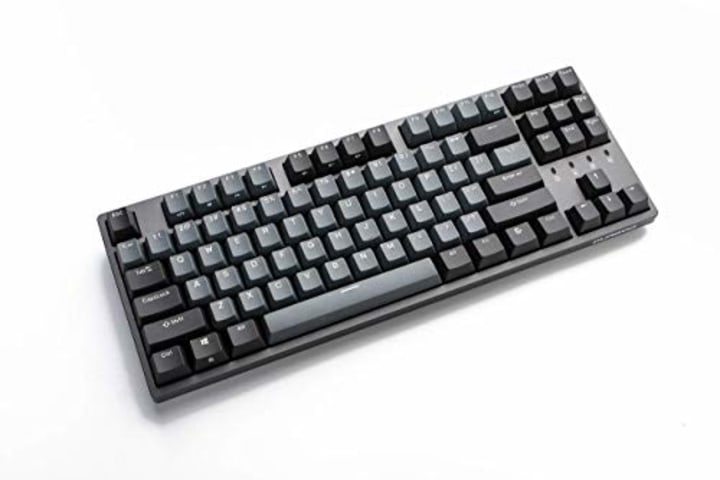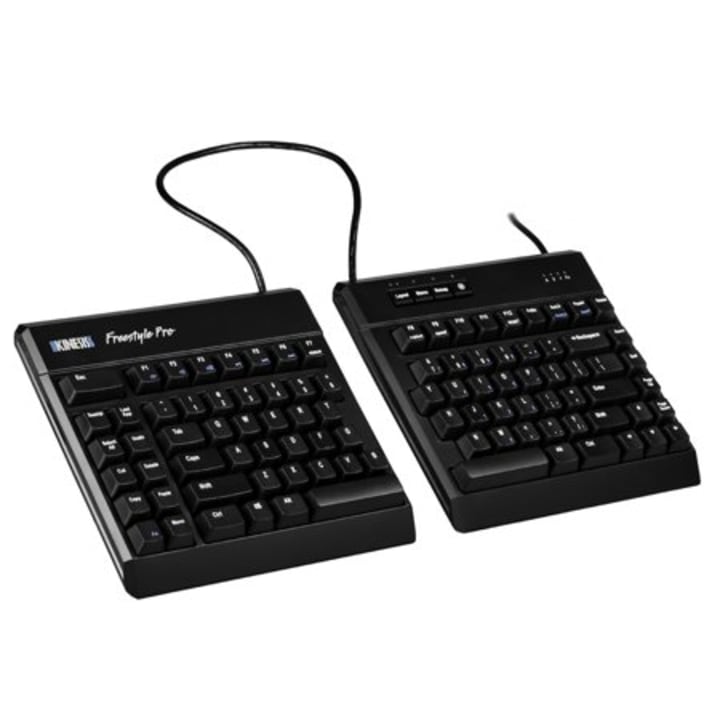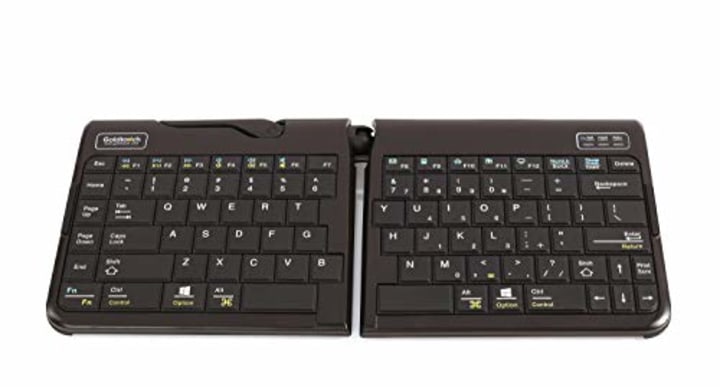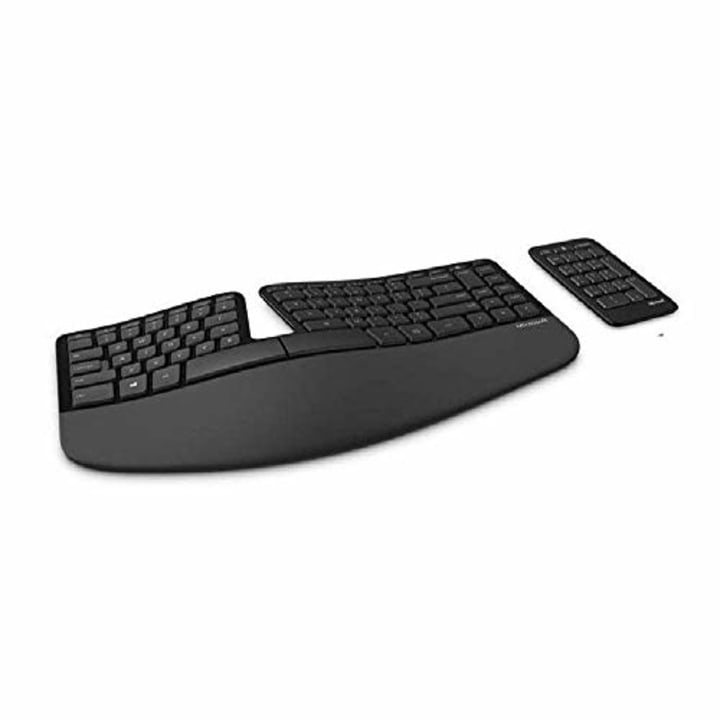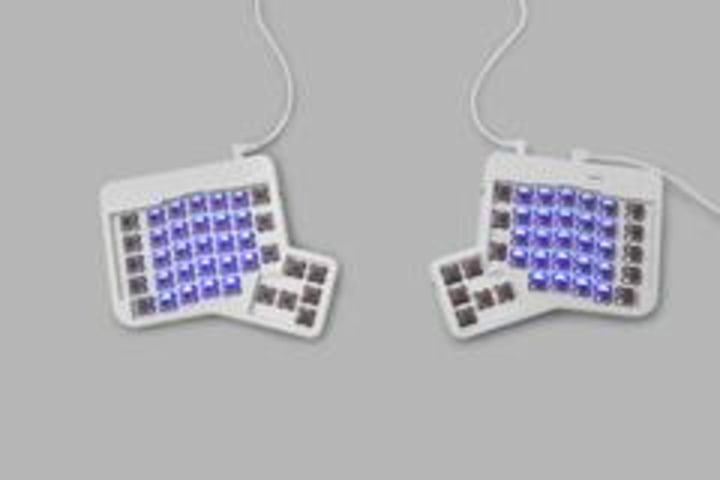Working from home isn’t always easy but it provides one huge advantage to the traditional office: You can tweak your workspace exactly as you see fit. If you suffer from wrist pain after typing all day, for example, it may be time to adjust your gear. And if your work involves computers in any way, you’re very likely using a keyboard fairly often. If you want to step up that keyboard (or finally switch to an option that isn’t built into your laptop, you’ve got many options to consider. Finding the right keyboard for your work (or gaming) norms is largely up to your needs and limitations. As a technology reviewer, I’ve used and tested dozens of keyboards over the years, including many ergonomic models. To give you an idea of what options are out there, we compiled some of the best-in-class keyboards you can buy now.
SKIP AHEAD Best ergonomic keyboards
How to buy the right keyboard
Contrary to the way ergonomic products are often marketed, there’s no one-size-fits-all approach to keyboards. In fact, that typical “ergonomic” design may not be right for you at all. When shopping for an ergonomic keyboard, here are some things to consider.
Key layout
Many ergonomic keyboards adopt a “split” layout, the two halves of the keyboard either fixed in place at an angle (most common) or completely separated into two pieces, allowing you to place each half wherever you want (less common but more adjustable). Contrary to popular belief, split keyboards aren’t a panacea to your ergonomic woes. As Cornell University’s Human Factors and Ergonomics Research Group notes: “Most people can use a standard keyboard design without any risk of injury,” though split-angle keyboards can increase comfort for some people—especially larger folks, pregnant women, or people with very broad shoulders who have trouble keeping their arms at their sides.
Tilt and adjustability
The tilt of your keyboard is more important than the angle of the keys. Most keyboards are tilted upwards — the keys at the top of the keyboard higher than the keys at the bottom. That causes wrist extension — you have to bend your hands upward to type, which can lead to pain over time. (That’s one reason to avoid using the retractable “feet” that many keyboards come with.) As with anything in ergonomics, the more adjustable a keyboard is, the more you’ll be able to find a comfortable position for your body — so a keyboard (or chair or desk) that allows for different angles might be beneficial.
Bush Business Furniture Keyboard Tray with Negative Tilt
No matter what keyboard you choose, consider also using an under-desk keyboard tray that allows you to tilt it downward, avoiding those wrist extension issues. This model from Bush Business Furniture is very adjustable, though the best model for you may depend on your desk setup — there are plenty of others on Amazon.
Wrist rests
Again, contrary to popular belief, wrist rests are not always desirable. In fact, Cornell’s ergonomic guide notes that “research studies haven’t demonstrated any substantial benefits for wrist rests,” and some can actually increase pressure on your wrists. Low-profile palm rests are less problematic, they say, but if you’re putting pressure on your wrists, you may be doing more harm than good.
Switch types
While it isn’t specifically related to ergonomics, you may come across keyboards that use different types of switches, the springy mechanism underneath the keys that governs the feel and response of typing. Some keyboards use membrane switches — the kind you’re probably used to on your laptop or desktop keyboard — while more specialized keyboards use mechanical switches that slide along a stem for a smoother feel. These can be further broken down into clicky or “blue” switches (which are noisy, but provide good tactile feedback), linear or “red” switches (which are very smooth) and tactile or “brown” switches (which provide a tactile bump but without the clicky sound). Brown is usually a good choice for those who haven’t used a mechanical keyboard before.
Best ergonomic keyboards
You can see how what we think of as “ergonomic” is not always best. However, everyone is different, and the ultimate deciding factor is what’s comfortable to you—which is why alternative keyboard designs exist. If you don’t experience pain, then don’t fix what isn’t broken. But if your current setup isn’t working for you, we’ve compiled a few less traditional options below you can experiment with. Give yourself time to adjust and see if they relieve your issues — if they don’t, return the product and try something else.
1. Durgod Taurus K320 TKL Mechanical Keyboard
While not everyone needs a specialized split keyboard, I do recommend a “tenkeyless” (or TKL) keyboard that eschews the number pad on the right. This prevents you from having to stretch your arm to reach the mouse or angle your hands awkwardly to reach the main portion of the keyboard (the “b” key should be centered on your body for proper placement). There are dozens of tenkeyless options out there, but this model from Durgod offers solid build quality and lots of key switch choices, if you have strong preferences in how your keyboard feels. If you absolutely need the number pad, there are separate USB models out there you can position more comfortably.
2. Kinesis Freestyle Pro Split Mechanical Keyboard
When it comes to split keyboards, I recommend fully split options like the Kinesis Freestyle Pro. It has a few different tenting options that can help you find more comfortable wrist positions, and you can place each half wherever you want on the desk — it doesn’t force your arms into a specific position like fixed split keyboards do. Its brown mechanical switches also feel very nice. Alternatively, Kinesis makes a cheaper traditional rubber dome version as well as a backlit gaming model with blue and red switch options.
3. Goldtouch Foldable Travel Keyboard
Goldtouch’s keyboards eschew the mechanical switches for a more wallet-friendly price, while also offering some more fine-tuned adjustability — albeit without being fully split like the Freestyle Pro. This model is great for those who like slim keyboards, and it easily folds up for travel. Goldtouch also has a more traditional version if you don’t need portability.
4. Microsoft Sculpt Ergonomic Keyboard for Business
If you think a split design would help your wrist pain but don’t have much to spend (or don’t want to), Microsoft’s Sculpt Ergonomic keyboard is lower priced but fixed — you don’t have the adjustability other options offer. It does, however, offer a riser that negatively tilts the keyboard, and separates the number pad so it isn’t in the way of your mouse hand.
5. ErgoDox EZ Split Ergonomic Keyboard
If you know a split, tentable design works well for you and want to upgrade to the mac-daddy of ergonomic keyboards, look at the ErgoDox EZ. It’s certainly an investment, and the learning curve is steep (you’ll almost certainly create your own custom key layout using their software), but it offers more adjustability than just about anything else out there. For dedicated, tech-savvy folks, this built-to-order keyboard is about as good as it gets.
More shopping guide and recommendations
Catch up on the latest from NBC News Shopping guides and recommendations and download the NBC News app for full coverage of the coronavirus outbreak

